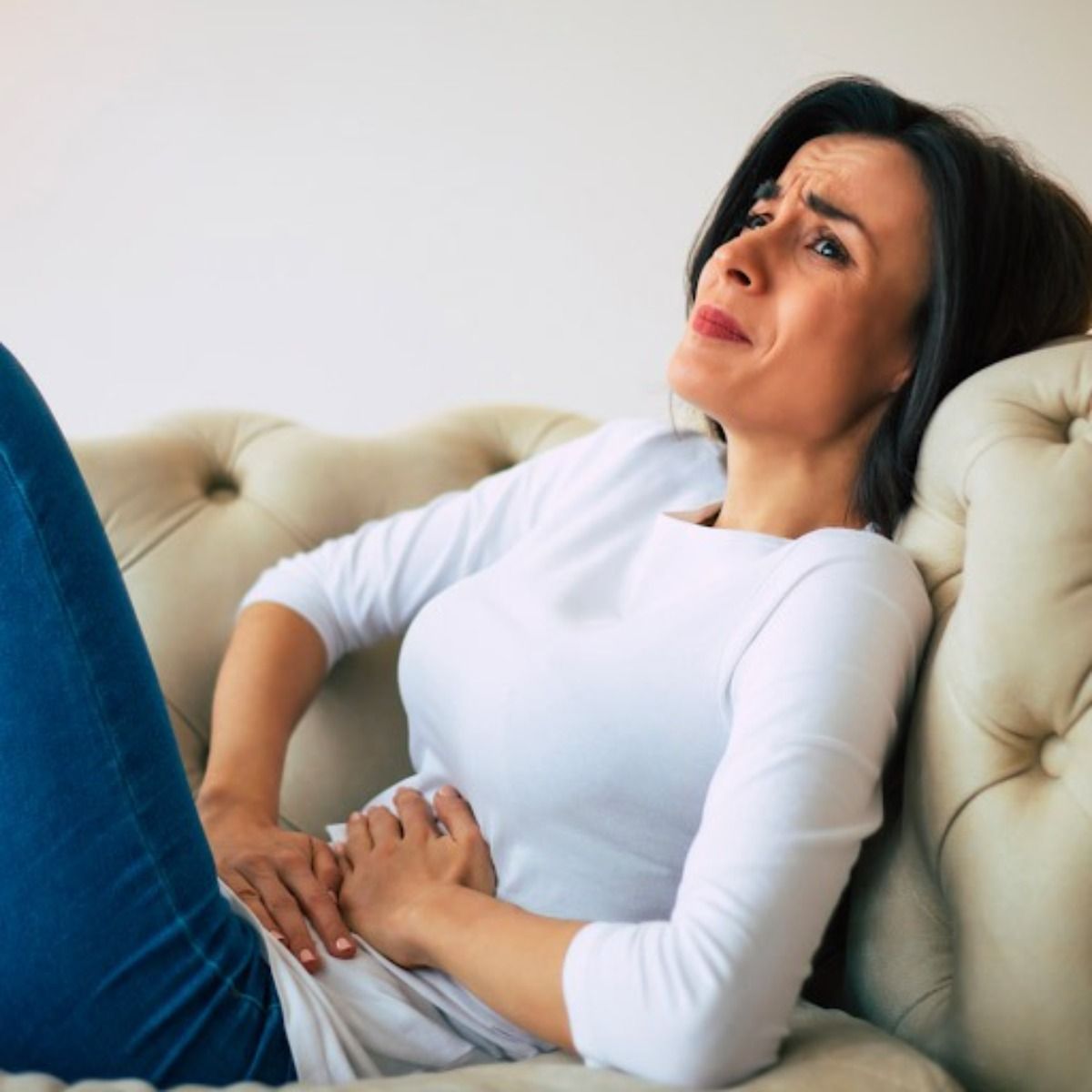Endometriosis 101: An Overview
Having a monthly menstrual cycle is part of being a woman. Unfortunately, for a number of women, their time of the month can include excruciating pain. Cramps and bloating are included in the “period” package deal, but for women who suffer from endometriosis, which is also called endo, this pain is much more intense. According to
The American College of Obstetricians and Gynecologists (ACOG), around 1 in 10 women live with endometriosis. At Women’s Surgery & Aesthetics Center, we are committed to helping these women find relief. We believe that educating women about this condition is important. Over the next three months, we will be devoting our blogs to talking about topics surrounding endometriosis. For our first installment, we’ll be sharing some general information to help everyone better understand endo.
What is Endometriosis?
Endometriosis occurs when tissue that resembles the tissue that forms the endometrium, or the lining of the uterus, begins growing outside of the uterus. Most commonly, this tissue, which is also referred to as implants, begins forming in areas where it does not belong like the ovaries, Fallopian tubes, and peritoneum. It can also form in the bladder and intestines. Women can be affected by endo any time after they begin having a monthly menstrual cycle. However, endometriosis is most common in women when they are in their 30s and 40s. (Source)

There are four stages of endometriosis. These stages range from minimal to severe. Small lesions and shallow endometrial implants will develop on the ovaries of a woman with minimal endometriosis. She may also experience inflammation around or in her pelvic cavity. Mild endometriosis is the second stage. Like with minimal endo, a woman with this stage of endo will also have lesions or implants develop on her ovaries. However, she will most likely deal with lesions and implants on the pelvic lining too. When a woman is dealing with moderate endo, she will typically have deeper implants on her ovaries and pelvic lining. The severe stage of endo also involves deep implants, however, a woman may also have lesions on her Fallopian tubes and bowels.
What Are The Common Symptoms?
Pain is the most common symptom of endometriosis. It is possible for a person, however, to not have any symptoms at all, but most do experience pain. Women with endo tend to have very painful periods. This pain usually begins in the days leading up to the start of a woman’s monthly cycle and can continue while she has her period. A woman may also experience pain while using the restroom during her cycle. Endo can make intercourse uncomfortable and can cause women to suffer from infertility. This does not mean every woman with endo will be unable to have children. The Mayo Clinic estimates that between ⅓ and ½ of women with endo will have a difficult conceiving. This is because endo can obstruct the Fallopian tubes, meaning the egg and sperm are unable to join together. Endo can also damage the egg or sperm in some cases. What is interesting, however, is that pregnancy can actually improve a woman’s symptoms while she is expecting. Endometriosis can increase a woman’s risk of developing ovarian cancer as well. The risk of anyone developing this type of cancer is small, so the risk is still quite low even for a woman with endo.
Am I At Risk?
The cause of endometriosis is unknown, however, some women are at a higher risk of developing the condition than others. Like with many conditions, a woman is more likely to develop endometriosis if it runs in her family. Women who started their period at an early age, have a shorter amount of time than normal between their menstrual cycles, or have extremely heavy periods that last longer than a week are also at a higher risk. The risk is increased for women who have not had children or have higher levels of estrogen in their bodies as well.
Is There A Cure? What Treatment Options Are Available?
Unfortunately, there is no cure for endometriosis. The good news is that there are treatments that can help reduce a woman’s symptoms. If you are looking for a treatment you can pick up at the drugstore, then try Ibuprofen or Tylenol. These can help, however, doctors can prescribe stronger medications. Hormonal therapies, like birth control pills and vaginal rings, are another option. These therapies do decrease your chances of becoming pregnant, but they can provide relief. In 2018, the Food and Drug Administration approved a prescription medication for endometriosis called gonadotropin-releasing hormone (GnRH). GnRH keeps estrogen from stimulating the ovaries by blocking its production. As a result, a woman’s periods will cease, and she will experience an artificial menopause.
Surgery is also an option if necessary. In fact, the only sure way a doctor can diagnose endo is by performing a laparoscopy. During this minimally invasive surgery, a doctor will be able to see the endo tissue and remove it. If no other treatments work and a woman the pain is unbearable, then having a hysterectomy is an option. This is often viewed as being a last resort, and it is not considered to be a cure.
How Can Women’s Surgery & Aesthetics Center Help?
If you are suffering from endometriosis or believe you could be, our team of doctors is ready to help. We can work to find the best treatment option for your symptoms. Our goal is to help every woman enjoy and live life to the fullest. Give us a call at 423-899-6511 or visit our website to request an appointment. Keep an eye out for our next blog for more information about endometriosis.
